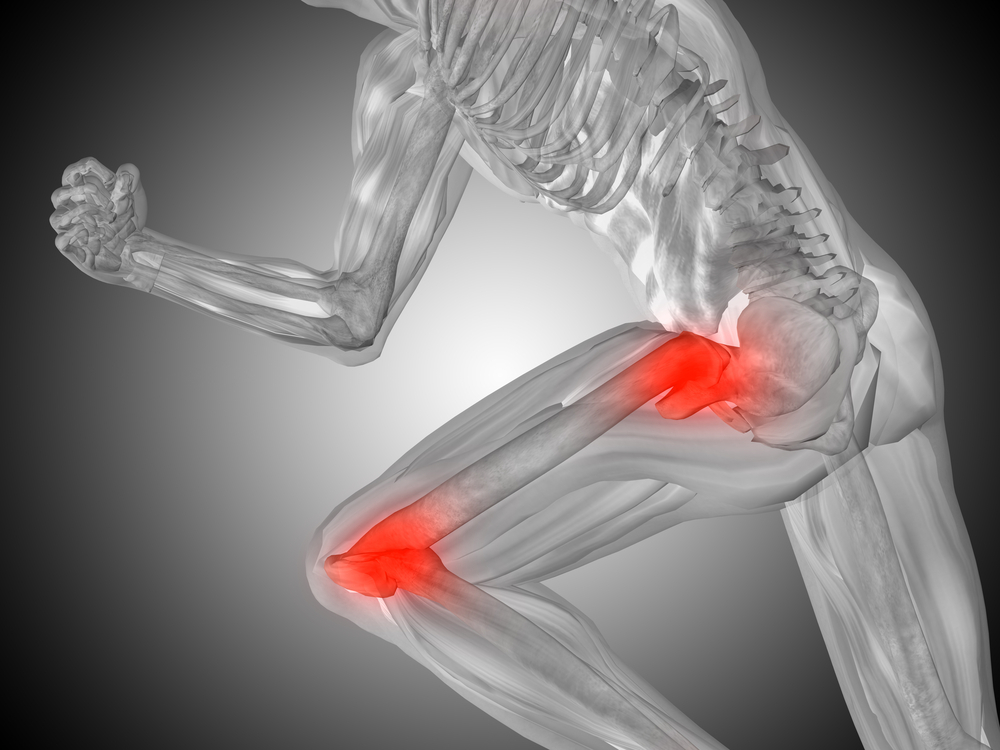
What is Sacroiliac Joint pain?
Dysfunction in the sacroiliac joint, also called the SI joint, can sometimes cause lower back and/or leg pain. Leg pain from sacroiliac joint dysfunction can be particularly difficult to differentiate from radiating leg pain caused by a lumbar disc herniation (sciatica) as they can feel quite similar. Today it is estimated that the sacroiliac joint is responsible for 15% to 30% of lower back pain cases.
book onlineWhat is the Sacroiliac Joint?
The sacroiliac joint connects the hip bones (iliac crests) to the sacrum, the triangular bone between the lumbar spine and the tailbone (coccyx). The primary function of the sacroiliac joints is to absorb shock between the upper body and the pelvis and legs.
The sacroiliac joint typically has little motion. Small movements at the joint help with shock absorption and forward/backward bending. The joint is reinforced by strong ligaments surrounding it, some of which extend across the joint in the back of the pelvis. This network of soft tissues provides support, limits movement at the joint, and assists with absorbing pressure.
What can cause Sacroiliac Joint pain?
The primary causes of SI joint dysfunction include:
- Too much movement in the sacroiliac joint can cause the pelvis to feel unstable and lead to pain. Pain from too much motion is typically felt in the lower back and/or hip, and may radiate into the groin.
- Too little movement can cause muscle tension, pain, and may inhibit mobility. Pain is typically felt on one side of the low back or buttocks, and can radiate down the back of leg (similar to sciatica).
Certain factors can raise the risk of developing sacroiliac dysfunction and pain, including:
- Gait issues, such as leg length discrepancy or scoliosis, which can place uneven pressure on one side of the pelvis, causing wear-and-tear on the SI joint and an increased risk of pain.
- Pregnancy or recent childbirth can commonly cause sacroiliac joint pain in women due to weight gain, hormonal changes causing ligaments in the SI joint to relax (hypermobility), and pelvic changes associated with childbirth. For some women, ligaments may remain loose after childbirth and cause sacroiliac joint pain.
- Prior lower back surgery, which can displace pressure to the sacroiliac joint. One study found that sacroiliac joint pain tends to be more common following a fusion surgery than a discectomy.
- Activities that place repeated stress on the joint, such as contact sports, regular heavy lifting, or labor-intensive jobs.
What does Sacroiliac Joint pain feel like?
Symptoms experienced with sacroiliac joint dysfunction can include:
- Lower back pain that feels dull, aching, and can range from mild to severe. May be felt on one side or both.
- Pain that spreads to the hips, buttocks, and/or groin. One of the most common areas to feel SI joint pain is in the buttocks and upper back or side of the thigh.
- Sciatic-like pain in the buttocks and/or backs of the thighs that feels hot, sharp, and stabbing and may include numbness and tingling. Rarely extend below the knee.
- Worsened pain when putting added pressure on the sacroiliac joint, such as climbing stairs, running or jogging, or prolonged sitting.
- Instability in the pelvis and/or lower back, which may cause the pelvis to feel like it will buckle or give way.
How is Sacroiliac Joint pain treated?
Treatments for sacroiliac joint dysfunction typically focus on alleviating pain and restoring normal motion in the joint. Initially, treatment is focused on conservative therapies, such as rest, application of ice or heat, and pain medications such as NSAIDs (ie, ibuprofen or naproxen). Back braces can help to stabilize the joint and reduce pain.
If sacroiliac joint pain persists, injections may be considered. A local anesthetic (such as lidocaine or bupivacaine) is injected into the sacroiliac joint with an anti-inflammatory medication (such as a corticosteroid) to reduce inflammation and help alleviate pain.
There is no single approach to managing SI joint pain that will work for everyone. A period of trial-and-error may be needed to find treatments that address specific symptoms. For those patients who remain refractory to conservative therapies, they may be candidates for Sacroiliac Joint fusion/stabilization procedure. This procedure may provide pain relief in 75% to 86% of patients for several years.
What is Sacroiliac Joint Fusion?
Sacroiliac joint fusion is only recommended once non-surgical treatments have been tried for at least 8 to 12 weeks. The patient must have achieved at lease 80% pain reduction after two SIJ injections, and generally failed to achieve prolonged pain relief.
There are two options that we offer at Apollo Pain Management for the treatment of sacroiliac joint dysfunction and pain. These are Sacroiliac Joint Allograft Fusion and Sacroiliac Joint Transfixation Fusion.
- SIJ Allograft Fusion:A small dowel made of bone is placed into the SI joint space. The goal of this procedure is to distract the edges of the sacroiliac joint, thus relieving pressure and irritation of the involved nerves. Over time, the allograft fuses with the bones of the joint to significantly decrease the movement of the joint by grafting together the ilium and sacrum. The advantage of this procedure is that no hardware is placed into the patient. Disadvantates include the possibility of incomplete fusion of the bone dowel, which may result in inadequate pain relief.
- SIJ Transfixation Fusion:This option can be done from a lateral approach or a posterolateral approach. Because the posterolateral approach goes through less tissue and has a higher safety profile, this is the option we offer at Apollo Pain Management. Two titanium anchor screws are secured through the iliac bone and into the sacrum, anchoring the bones together and effectively reducing excess motion. Advantages of this procedure include earlier onset pain relief and more complete fusion of the sacroiliac joint. Disadvantages include the use of hardware which remains in place. If the patient experiences incomplete relief, revision of the transfixation may be required by either placing additional anchors, or possibly moving or removing existing anchors.
What are the Risks and Recovery?
The greatest risk of Sacroiliac Joint fusion is the possibility that surgery won’t alleviate pain, and/or that fusion of the joint will be unsuccessful. There is also the possibility that the fused sacroiliac joint will displace pressure typically absorbed in the pelvis to the lower spine, creating pain and pressure in the lower back (called adjacent segment disease). This complication has been reported in about 5% of sacroiliac joint stabilization patients within 6 months of surgery.
Recovery from sacroiliac joint stabilization typically includes a combination of pain medications, physical therapy, and at-home treatments such as applying heat and ice. Additionally, a pelvic brace may be prescribed to stabilize the pelvis and limit painful movements during healing. The recovery period for SIJ stabilization typically lasts between 2 and 6 weeks, but it may take between 3 and 6 months for the Sacroiliac Joint to fully fuse and achieve full pain relief.
To watch Dr. Warren’s recent discussion about a new Minimally Invasive Treatment for Back & Sacroiliac (SI) Pain, please click on the following link:
